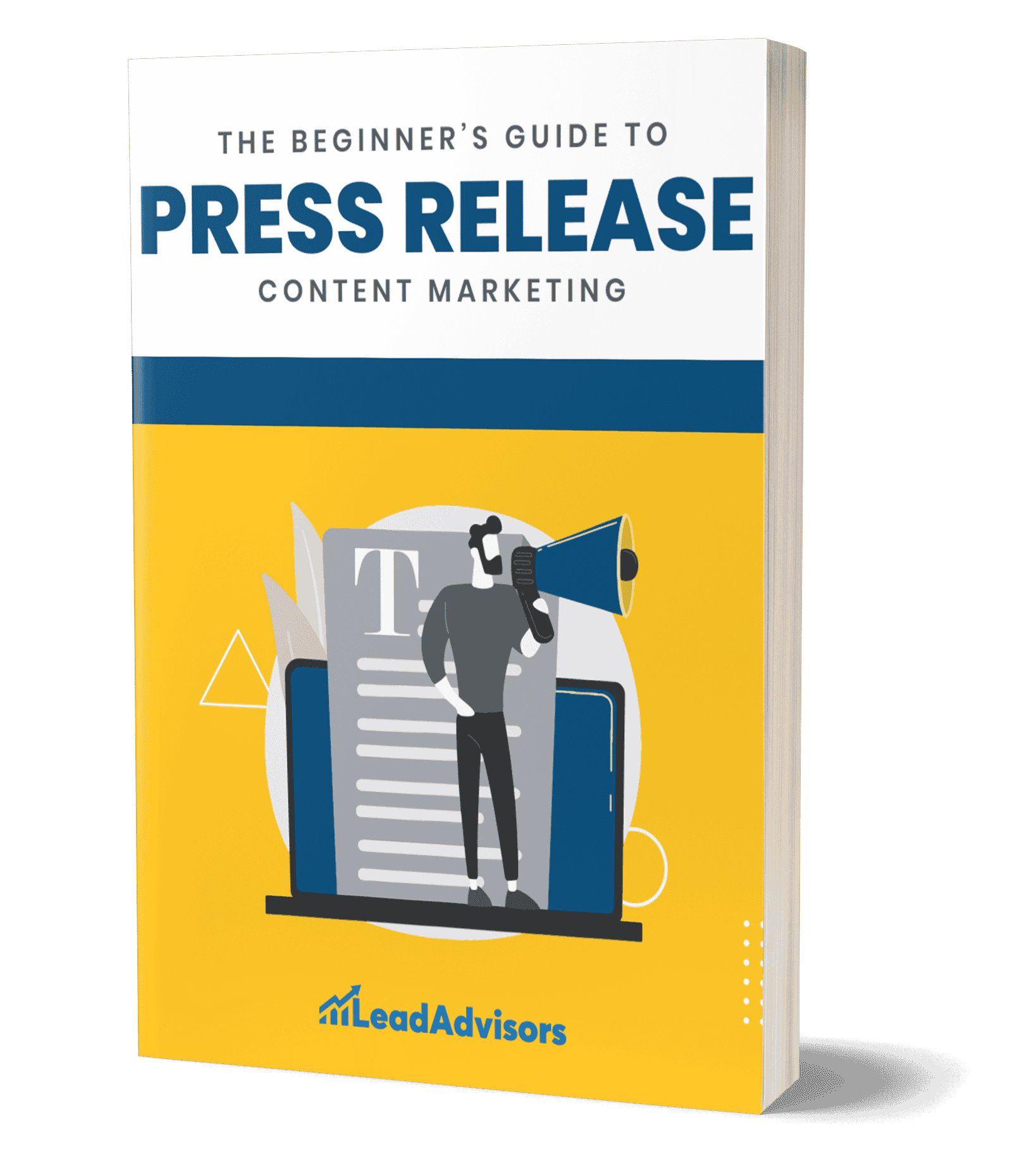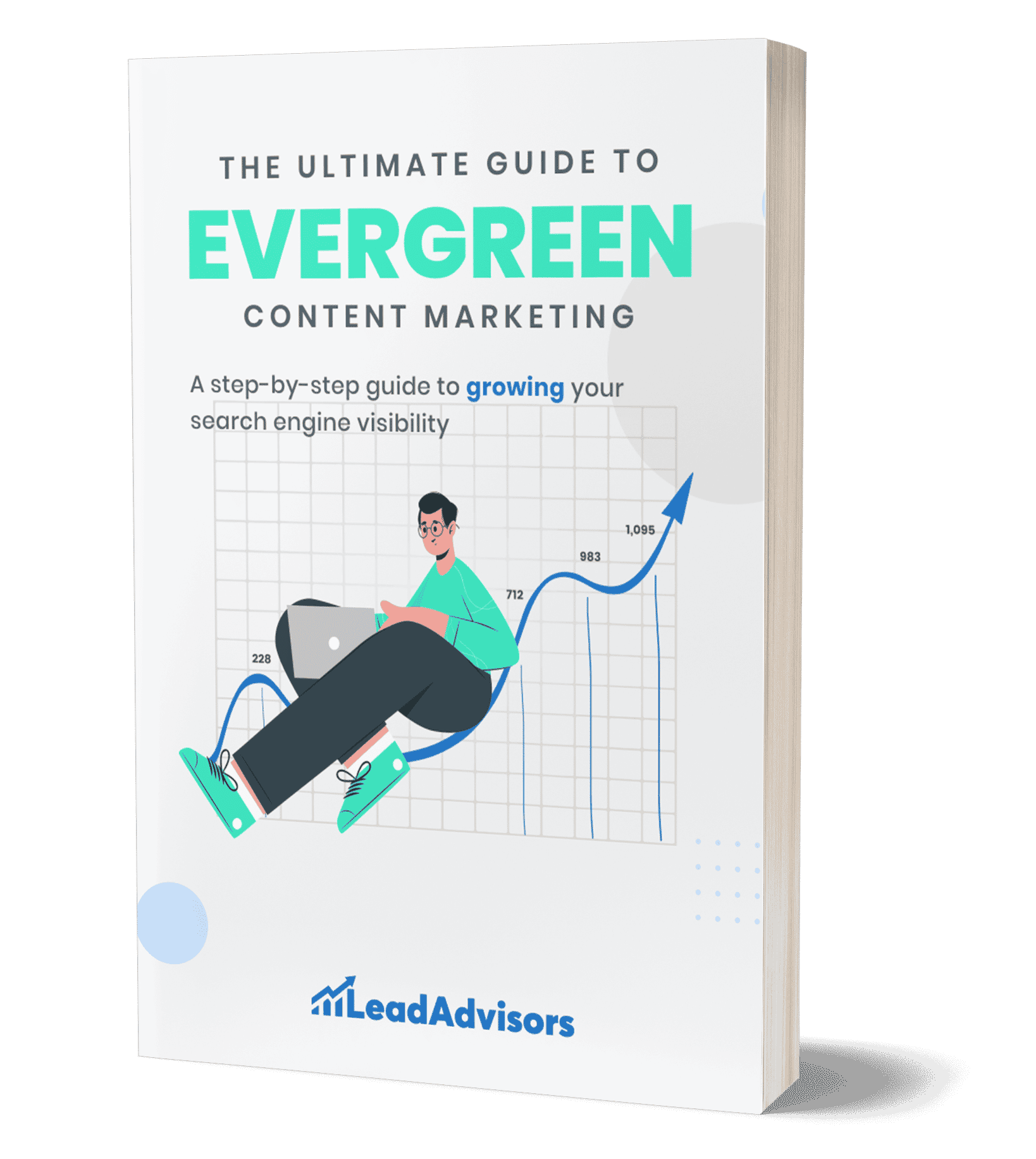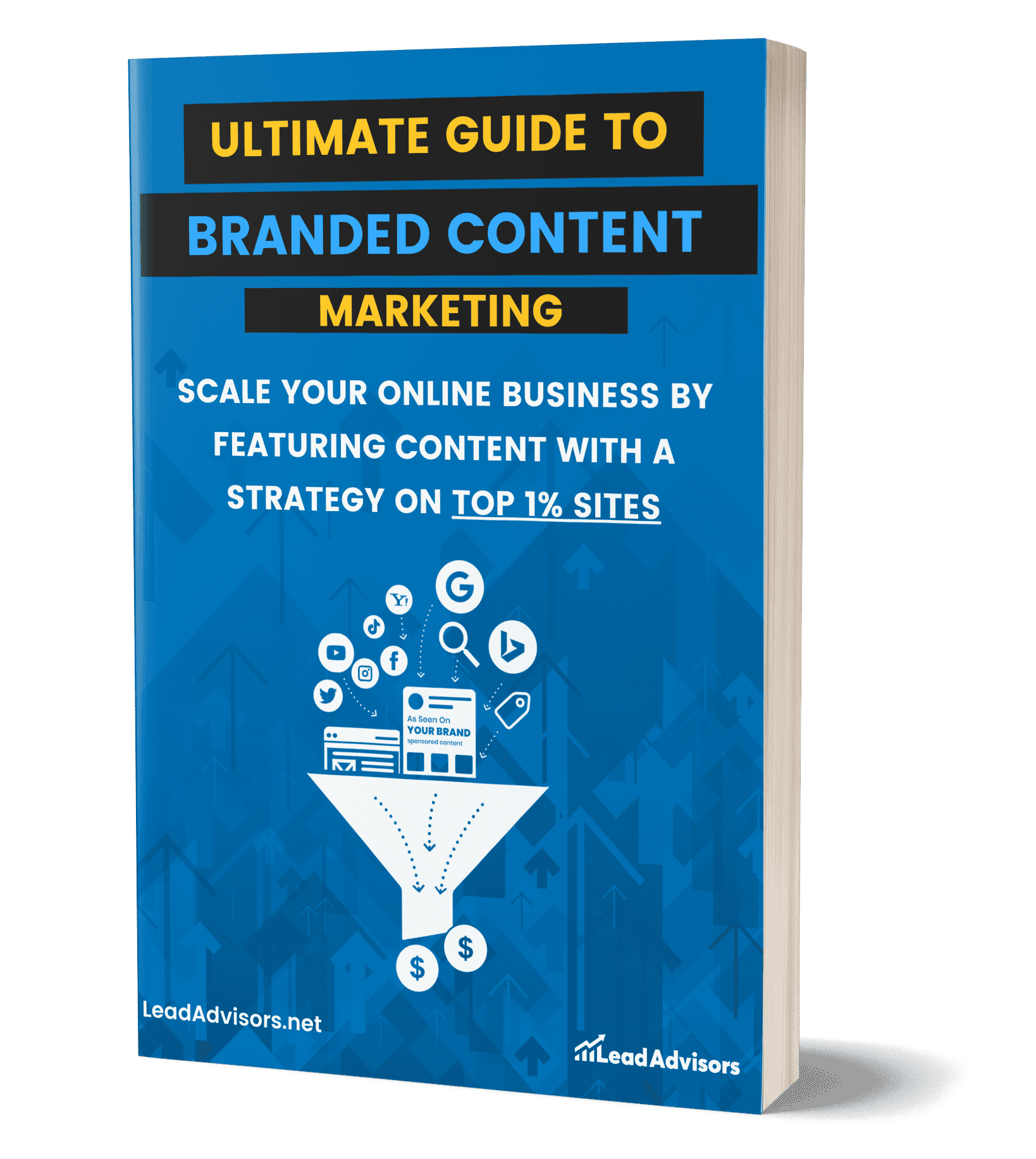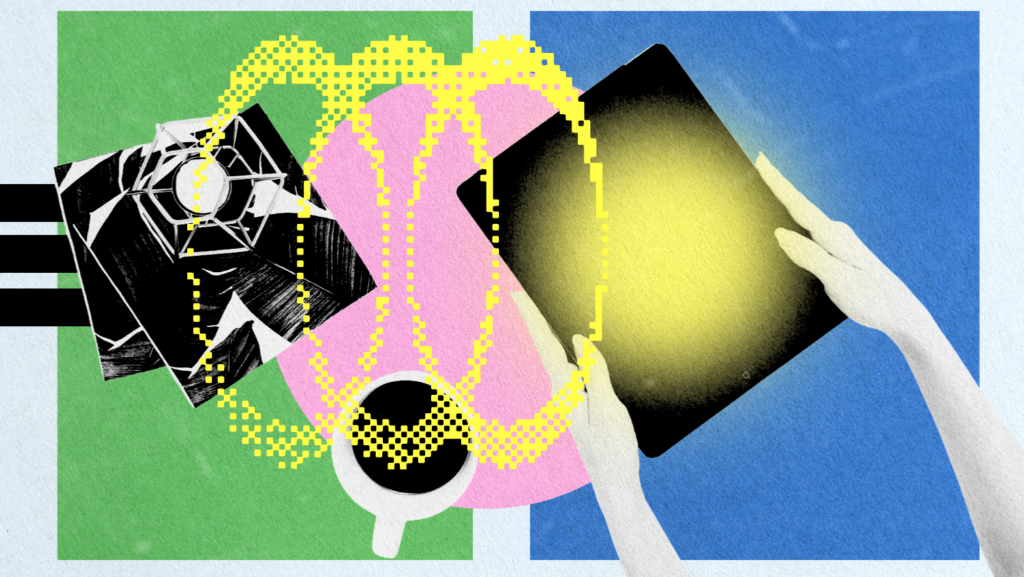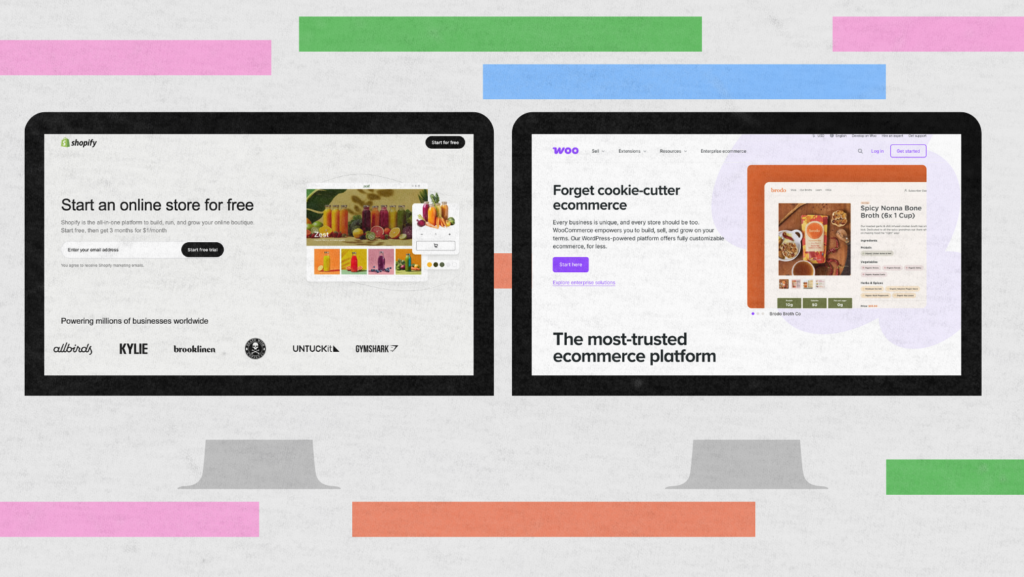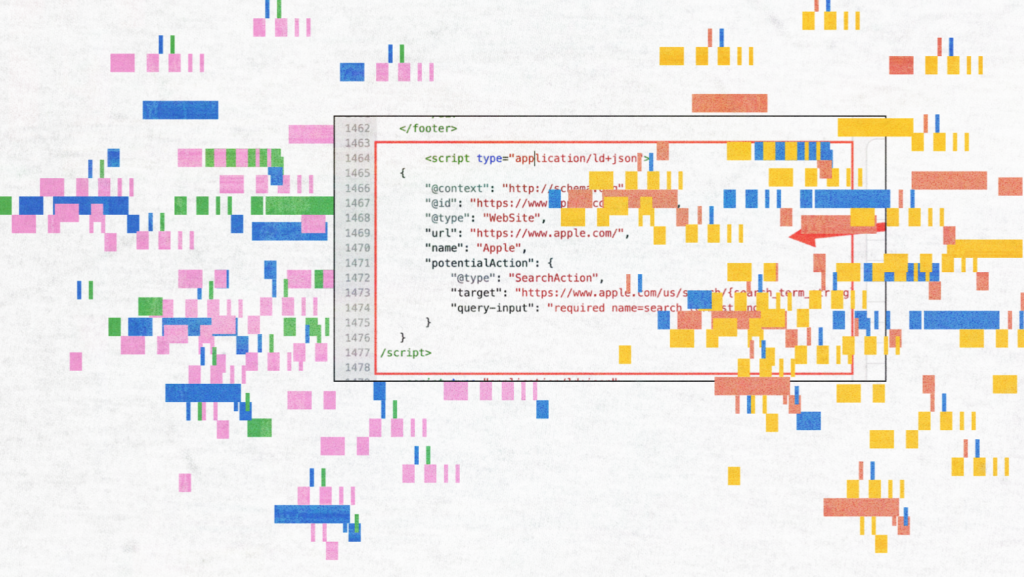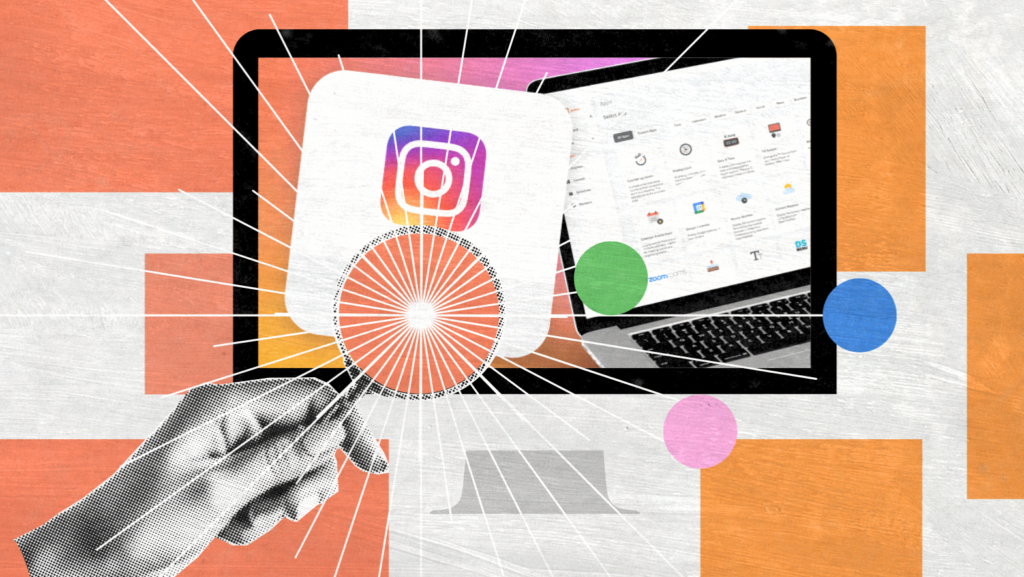These days, over 700 million people open Spotify every month. Around 58% of them stick with the free, ad-supported version. That’s a massive crowd, and it’s got brands paying attention. Audio advertising isn’t just radio anymore—it’s something bigger. Streaming has taken over for a lot of folks, and advertising where people are actually listening makes sense.
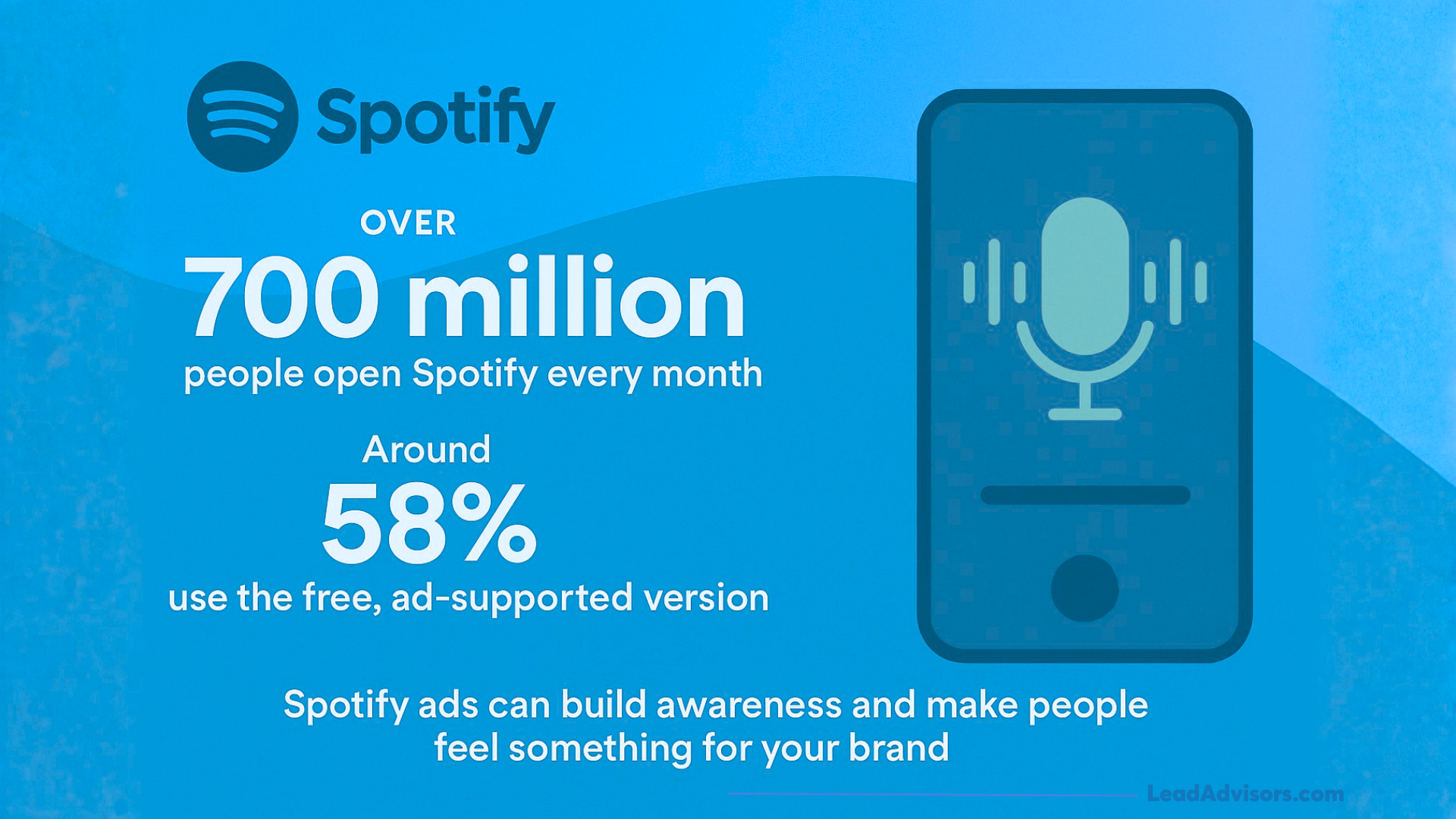
The great thing about Spotify ads is the level of intimacy they can achieve with the target audience. It’s not simply putting up a banner and hoping for some recognition. You are really reaching out to the people, in the middle of their favorite playlist or podcast, when they are actually attentive.
Spotify ads have the power to massively increase brand awareness and make the target audience associate emotional feelings with your brand. But here is the fact: you cannot simply invest money in it without a strategy and expect results to come by themselves. You must have definite objectives, precise targeting, and a creative that is in harmony with the atmosphere. I can attest to it personally—if you get those elements right, you can have a great return on your investment with Spotify ads.
TL;DR
- Spotify ads reach people during focused listening moments and work best for brand awareness, not quick conversions.
- Audio, video, display, and podcast ads are available, with costs starting around $250 per campaign.
- Targeting is strong thanks to Spotify’s first-party data, making ads feel more relevant based on moods, playlists, and behaviors.
- If your goal is visibility and recall, Spotify ads are often worth it — especially when paired with Meta or Google for retargeting.
What Are Spotify Ads and How Do They Work?
Spotify Ads are the mini promotions that you hear or see when streaming music or podcasts on Spotify. They may be in audio, video, or display formats, and the purpose is to have them appear as a normal part of your listening session—just another inconvenience.
Here’s how it works: Spotify runs on a freemium model. If you listen for free, you’ll get ads between songs. If you pay for Premium, your music stays ad-free—unless you’re tuning into sponsored podcasts or special playlists. Brands handle their own ads in Spotify Ad Studio. It’s a self-serve tool where advertisers pick their goals, target specific listeners, and upload their own Spotify ads. No fancy agency needed.
In contrast to the ads that interrupt your browsing by flashing up at you, Spotify Ads are in line with what you are doing—they could be a workout playlist, a chill session, or your favorite podcast. This allows brands to reach people in the midst of their real lives instead of just randomly sending messages at them (Spotify for Brands).
Spotify Advertising Formats (Comprehensive Breakdown)
Spotify gives advertisers a ton of ways to reach people—way more than most streaming services and platforms. You can pop up during a podcast, slip into someone’s playlist, or catch them on their commute. Each ad type hits a different goal, whether you want to get your name out there or bring people back for more.
1. Audio Ads
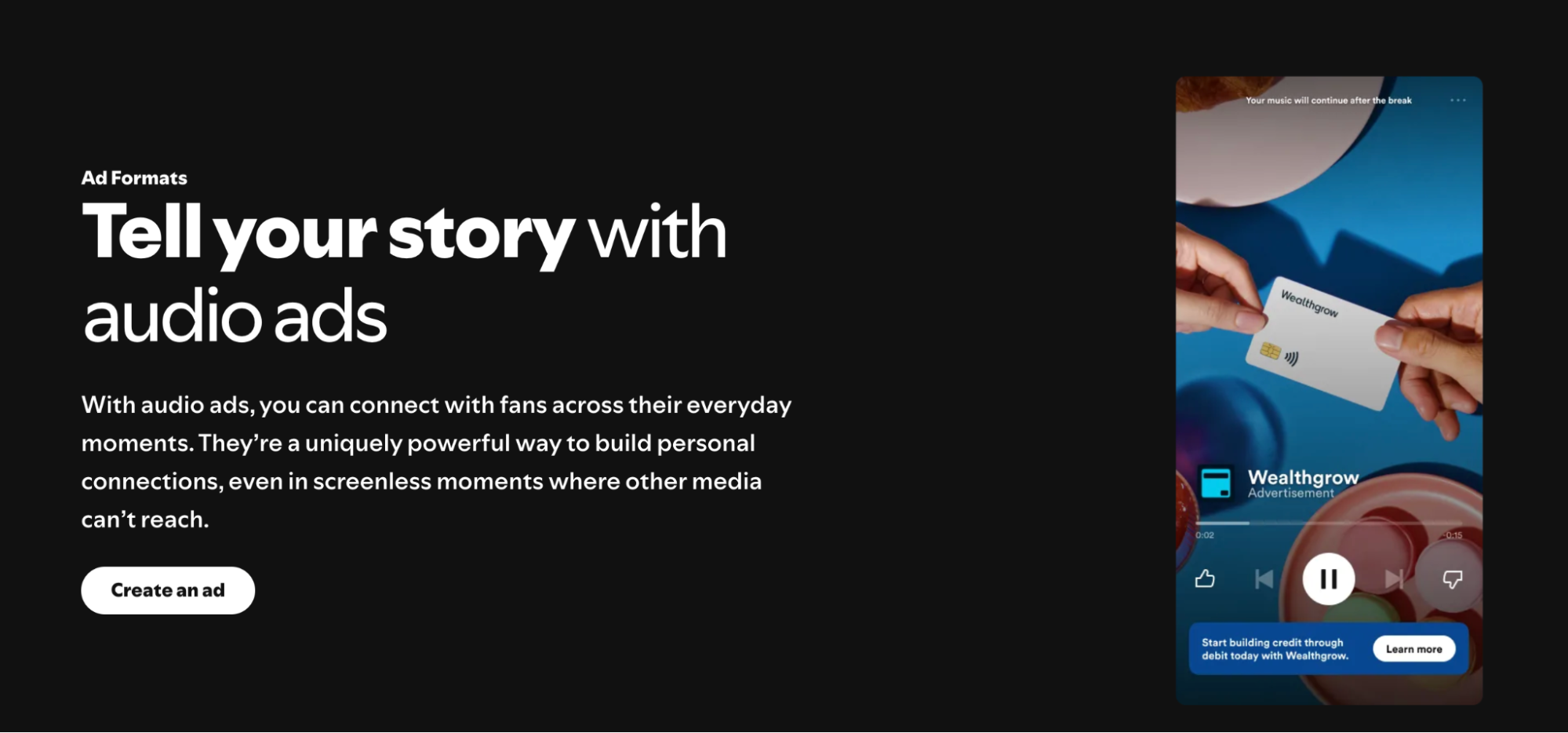
This is Spotify’s classic move. Short, punchy Spotify ads—usually 15 to 30 seconds—play between songs for folks on the free plan. There’s always a clickable image with the audio, sending users straight to your landing page. Since you’re catching people deep in their favorite music, these ads stick. People remember them.
Audio advertising is great if you want to spread the word about something new. You’ll pay around $0.015 to $0.025 per impression. They work especially well for storytelling or building a vibe around your brand. Nike nailed this with their “Run With It” campaign, matching the energy of workout playlists to their running shoes.
2. Video Ads
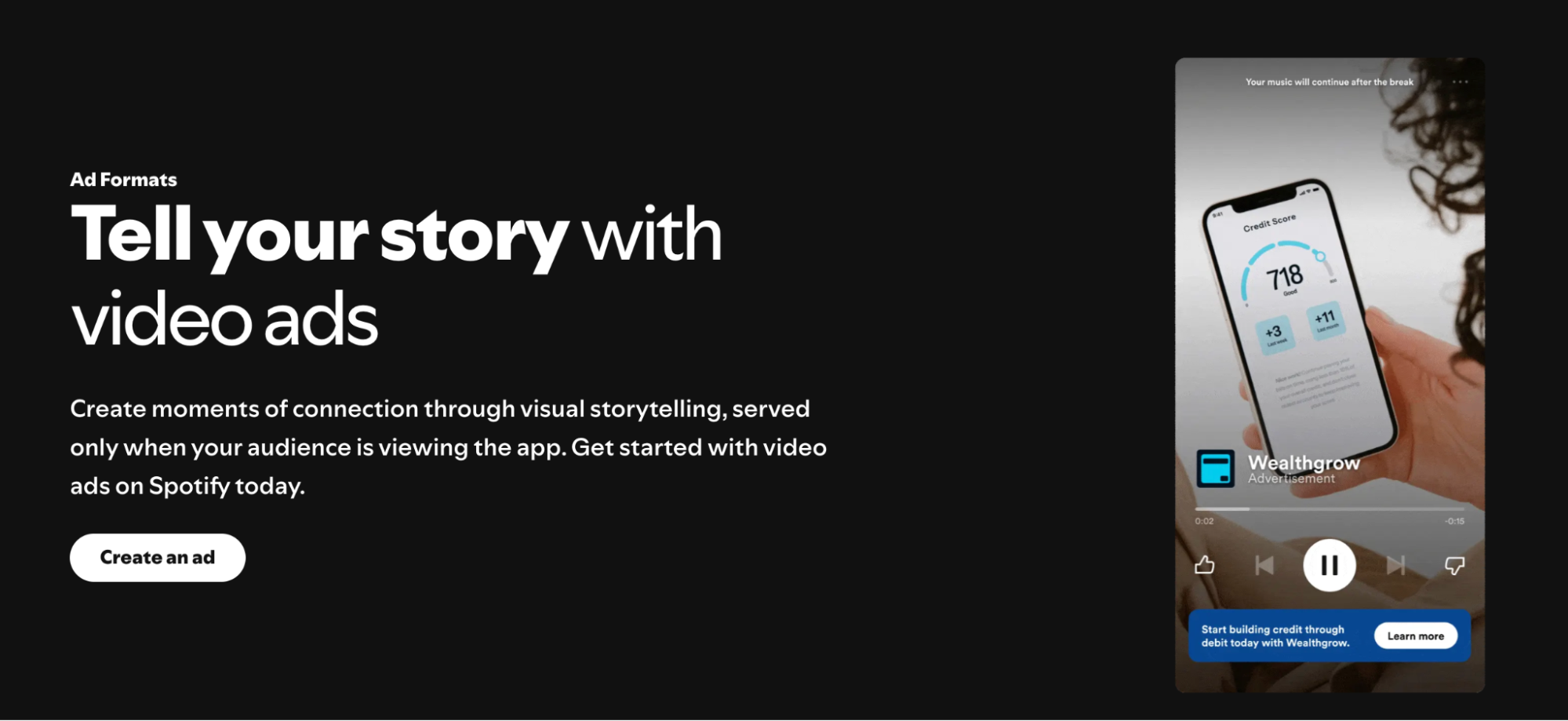
Spotify offers Video Takeover and Sponsored Sessions. Video Takeover pops up when people are actually clicking around—choosing songs or exploring playlists—so you know they’re paying attention. Sponsored Sessions offer something extra: if you watch a quick video, you get 30 minutes of ad-free listening. These get some of the best completion rates you’ll find anywhere.
Video ads cost about $0.02 to $0.03 per full view. They’re perfect for brands that want to show off something visually and really grab people. Samsung used video takeovers to highlight the sound quality of their Galaxy phones—and 90% of viewers watched the whole thing.
Explore our blog about Video Advertising to know more.
3. Display Ads

These are the visuals you see inside the app—on desktop or mobile. They pair well with audio or video and help keep your brand front and center.
- Overlay Ads: Pop up when someone comes back to the app, and they come with a direct call-to-action.
- Homepage Takeover: Takes over the main Spotify homepage on desktop for a full day—great for a big launch or big moment.
- Leaderboard/Banner Ads: Are smaller, showing up while users scroll and browse.
If you want your brand to be seen, especially alongside audio or video, these ad types do the trick.
4. Sponsored Playlists
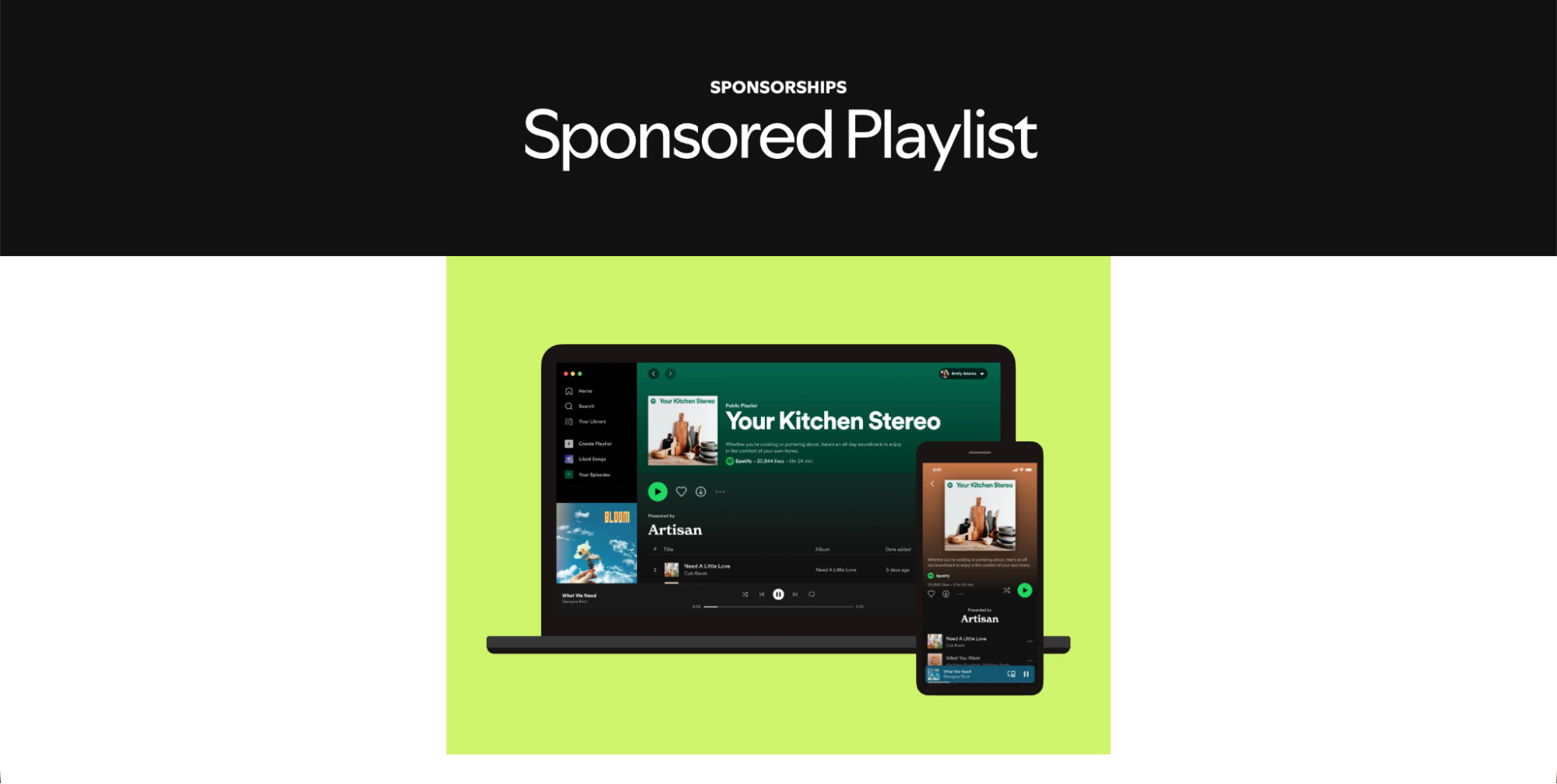
Here, brands can sponsor an entire playlist—like New Music Friday—for a set time. You get to shape the vibe and attach your brand to a certain genre or mood. It’s basically a long-term brand association.
Campaigns start around $20,000, depending on how popular the playlist is and how many people you want to reach. McDonald’s tried this with their “Fries List” playlist, teaming up with new artists, and ended up with millions of listeners and a boost in app engagement.
5. Podcast Advertising
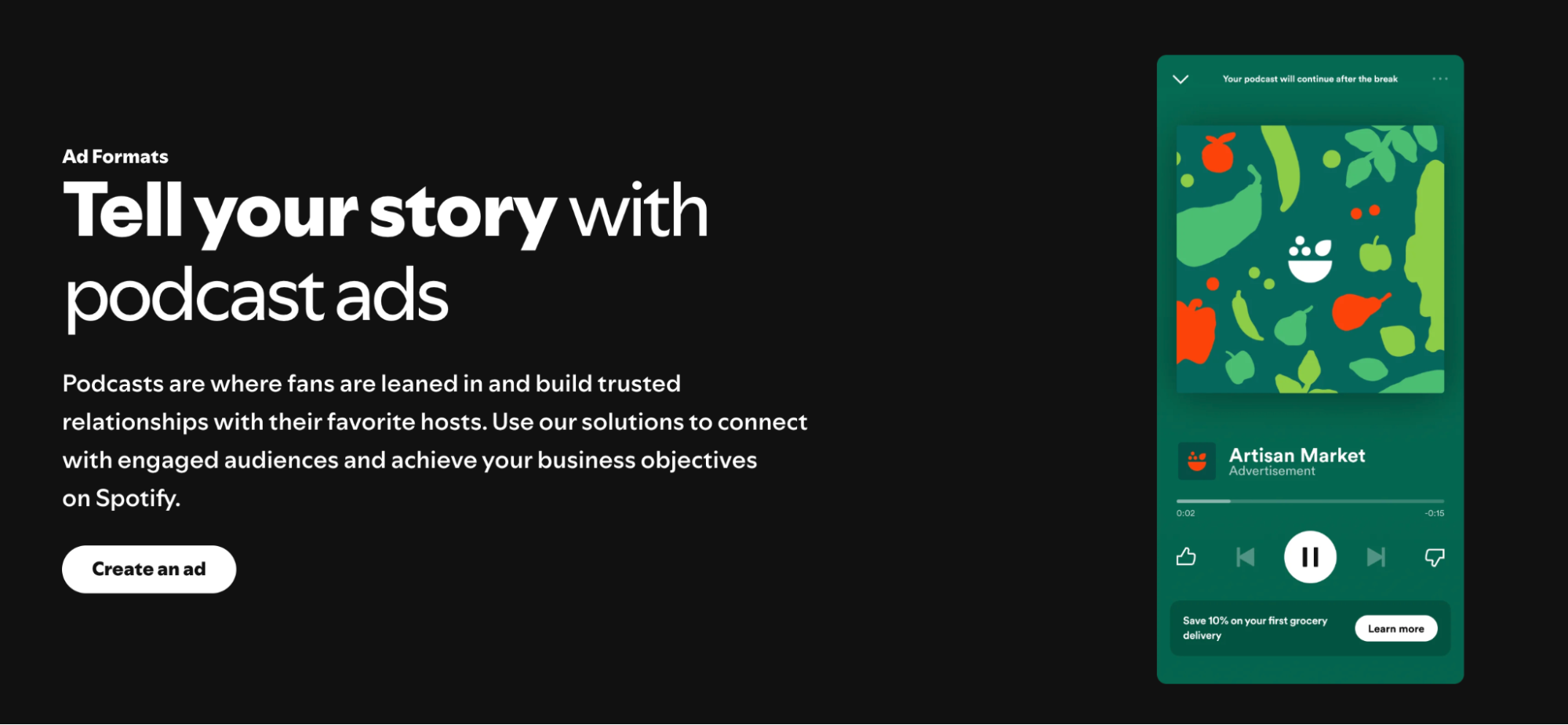
This area’s exploding. Spotify runs ads before, during, or after podcasts—sometimes read by the host, sometimes dropped in dynamically through Spotify’s Streaming Ad Insertion tech. And yep, even Premium users hear podcast ads, since podcasts stay ad-supported.
You can target by topic, podcast category, or even by what listeners do. For example, a finance app might show up on budgeting shows. Podcast ads work because people trust their podcast hosts, so these ads often get better engagement than standard banners.
6. Specialized Ad Units (for Artists)
Spotify gives artists their own set of tools to promote music:
- Marquee: Sends a notification to people who’ve listened before, bringing them back for new releases.
- Showcase: Offers premium home feed placement—even for Premium users.
- Spotlight: Fixes audio, video, and interactive elements to promote music or branded content.
These are built for launching albums or singles and hitting people who already care. Spotify found that Marquee ads pull in ten times more listeners per dollar than social ads and double the click-to-listen rate. That’s huge if you’re an artist trying to get noticed.
Spotify Targeting Capabilities
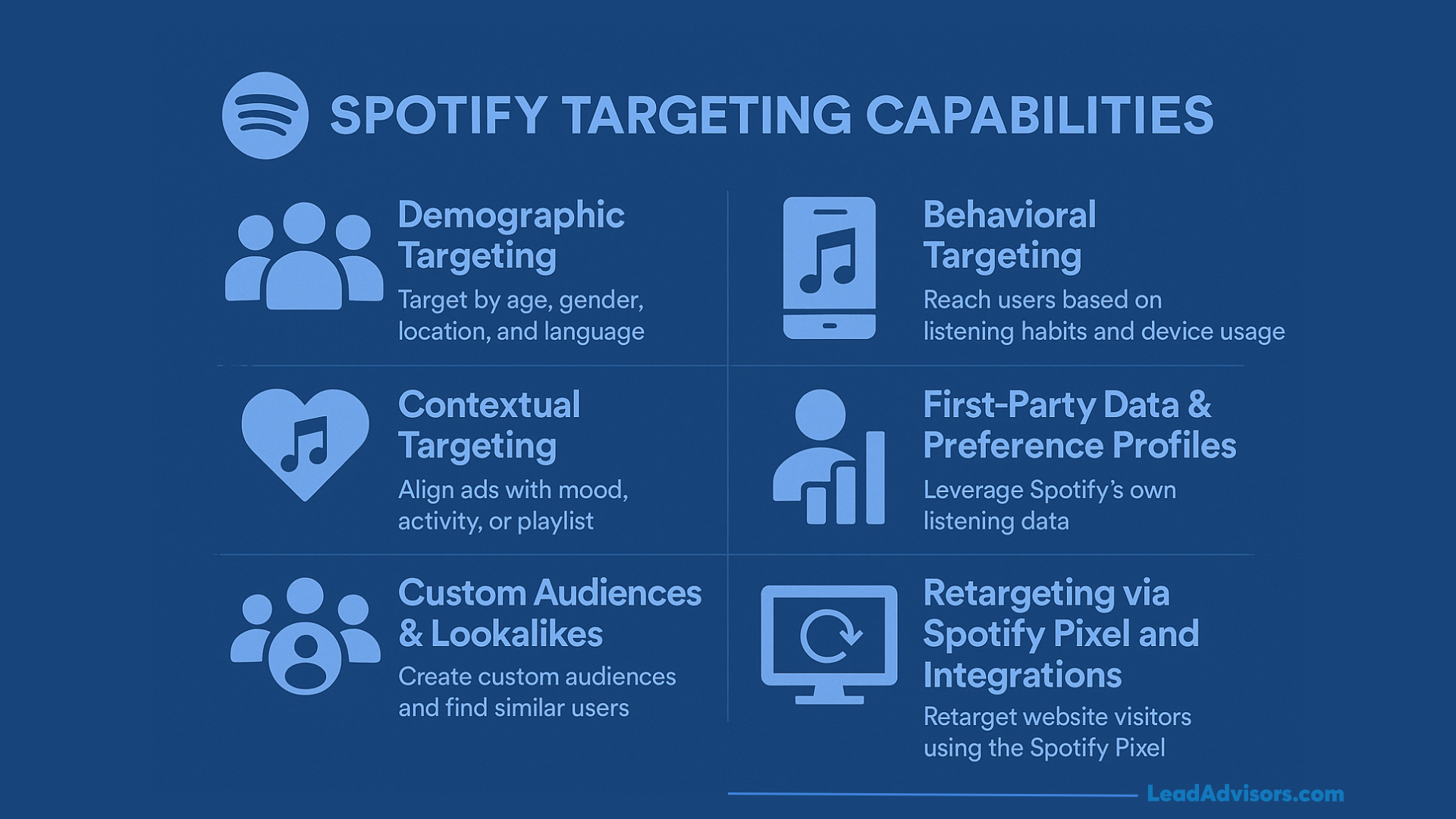
One of the main reasons why Spotify is different from the other streaming services is that it understands very well the way people listen and uses these listening habits in order to create very valuable insights for advertisers.
Using its first-party data and up-to-the-minute signals, companies are not merely targeting by simple data, but rather they link their brands with consumers according to the activities, emotions, and music they are listening to at that very moment.
Demographic Targeting
The segmentation of your audience might be through age, gender, location, or language, with the ads being displayed to those people who are the most relevant. Think of a situation where a neighborhood coffee shop is writing to the town’s people who are playing morning playlists—so, the ad reaches them just when they are starting their day, and it seems like the perfect time.
Behavioral Targeting
Spotify records user activities on the app and notes devices, times, and favorite playlists. These are the behaviors that advertisers utilize to predict people’s actions. Therefore, if a user is working out with a workout playlist, a brand like Nike can be present at the exact time when the listener is doing their exercises. The ad fits the listener’s mood and the action perfectly.
Contextual Targeting
This is the point where Spotify is very different. It allows marketers to align their communication with the user’s emotional state or the user’s purpose of the day – it could be that a user is relaxing, concentrating, traveling, or simply unwinding. The concert or vibe targeting is not only a trick; it results in more than twice the interaction compared to non-specific ads. People associate the brand more when the advertisement corresponds to their time.
First-Party Data & Preference Profiles
Spotify is not only tracking what you listen to, but it also creates a personal profile from your billions of streams, skips, and saves. Advertisers can thus target people who are lovers of acoustic jams, fans of workout hits, or nostalgic throwbacks. This is all enabled by Spotify’s own data, hence targeting remains precise and respectful of privacy, even as cookies are phased out on the web.
Custom Audiences & Lookalikes
With Spotify Ad Studio, marketers can create audiences from folks who’ve already interacted with their ads or visited their websites. Then they can find new listeners who act like those fans. It’s a smart way to grow your reach without losing that personal touch.
Retargeting via Spotify Pixel and Integrations
Spotify’s Pixel is a tool that follows user activities on your website, records conversions, and allows you to retarget listeners who are the recipients of your ads. By connecting with tools like Google Analytics 4, Stape, or Google Tag Manager, you are allowed to have very accurate server-side data. In other words, you can track listeners across different devices and know what is actually working. It makes Spotify a single solution for both branding and measurable results.
In fact, Spotify is bringing one of the most potent and profoundly contextual advertising platforms feasible to brands. They are able to convey their message to the appropriate audience, i.e., the ones who happen to be listening to their favorite music and podcasts, right in the middle of their session.
Spotify Advertising Cost Breakdown
Any company, be it a huge one or a small business, can afford to advertise its products on Spotify. The prices vary depending on the type of advertisement, the goal, and the size of the audience. However, if you still have only a limited budget, with Spotify Ad Studio, you can go on as usual.
| Ad Type | Pricing Model | Typical Cost Range |
| Audio Ads | CPM | $0.015–$0.025 per impression |
| Video Ads | CPCV | $0.02–$0.03 per full view |
| Sponsored Playlists | Flat Rate | $20,000+ per campaign |
| Minimum Ad Studio Budget | Flat | $250 per campaign |
| Marquee/Showcase (Artists) | Country-specific | ~€100–€250 minimum |
Understanding Spotify’s Pricing Models
Spotify primarily uses CPM (Cost Per Mille) and CPCV (Cost Per Completed View) models.
- Spotify mostly sticks with CPM for audio ads. You pay for every thousand times your ad plays, which is great for building brand awareness and getting your name out to lots of listeners without breaking the bank.
- For video, Spotify switches to CPCV. You only pay if someone watches your ad all the way through. So if you want to make sure people actually see your message, this one’s for you.
- If you want clicks instead of just impressions, display placements let you focus on direct-response goals like site visits or conversions.
You don’t need a huge budget to get started. Spotify Ad Studio’s $250 minimum means small and mid-sized businesses can test things out before going big. Artists using Marquee or Showcase can jump in at country-based minimums—usually around $100 or $10,000—so it’s especially handy for independent musicians wanting to push a new release.
Comparing Spotify Pricing with Meta and Google Ads
Spotify’s CPMs are actually pretty reasonable, especially when you compare them to Facebook (Meta) or Google Ads. Facebook’s average CPM is about $15, but Spotify’s audio ads can get you similar reach for a lot less. Plus, Spotify’s video ads have a completion rate over 28%, which beats a lot of standard industry benchmarks.
But here’s the tradeoff: Spotify advertising shines when it comes to brand awareness and recall, not so much for instant conversions.
Insights from Creators and Marketers
If you hang out in places like Reddit’s r/musicmarketing, you’ll see that small creators like Spotify’s targeting options, but return on investment really depends on your campaign goals and how good your ads are. Some marketers say timing matters a ton—catching listeners during a workout playlist or on their commute can make all the difference. And if you keep your message consistent across formats, you’ll have a better shot at success.
In the end, Spotify keeps its pricing clear and flexible. If you take the time to plan out your creative and know exactly what you want, Spotify can be just as cost-effective—or even better—than a lot of other digital ad platforms.
How to Set Up Spotify Ads (Step-by-Step)
Spotify Ad Studio or Ads Manager is a platform where you can start right away without much hassle, and this is true even if you are advertising for the first time. In fact, the platform is very open to your ideas and also allows you to target very precise listeners so that you can really come up with campaigns that are logical for your brand and for your audience. The following steps will guide you through the process:
1. Create a Spotify Ad Studio / Ads Manager Account
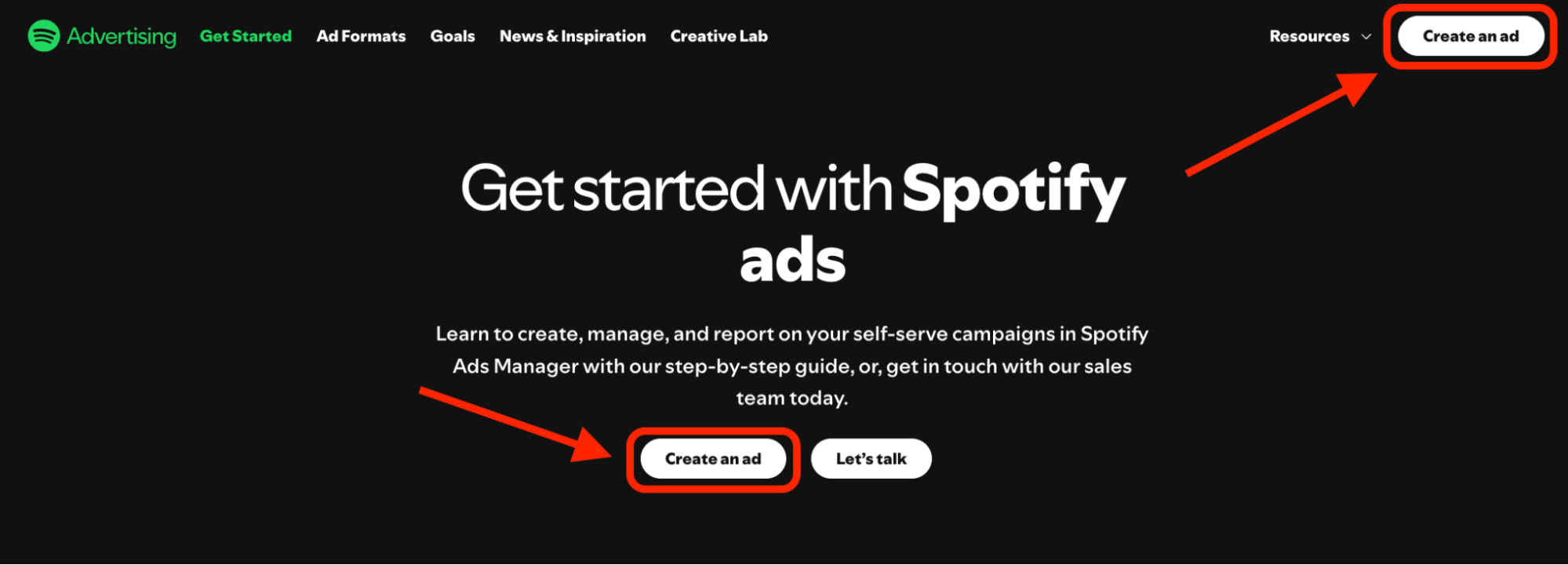
Head over to Spotify Ad Studio and sign up using your business email. Once you’re in, you’ll see a dashboard where you can handle different ad sets, track how things are performing, and use Spotify’s creative tools.
2. Set Campaign Goals

Choose the main thing you want—Awareness, Reach, or Clicks. Spotify will optimize your campaign based on what you pick and charge you either by impressions or clicks. For example, if you want people to just hear your audio advertising, that’s awareness. If you want them to actually click on a display or video ad, choose clicks.
3. Choose Ad Format
Decide which ad format fits your goal:
- Audio advertising, if you want to tell a story or just let your brand’s voice shine
- Video ads, if you want to grab attention with visuals
- Display ads for retargeting or extra promotion alongside audio
- Podcast ads, if you want to build trust with target audiences
All of these work on both mobile and desktop, so you can reach people wherever they’re listening.
4. Define Target Audience
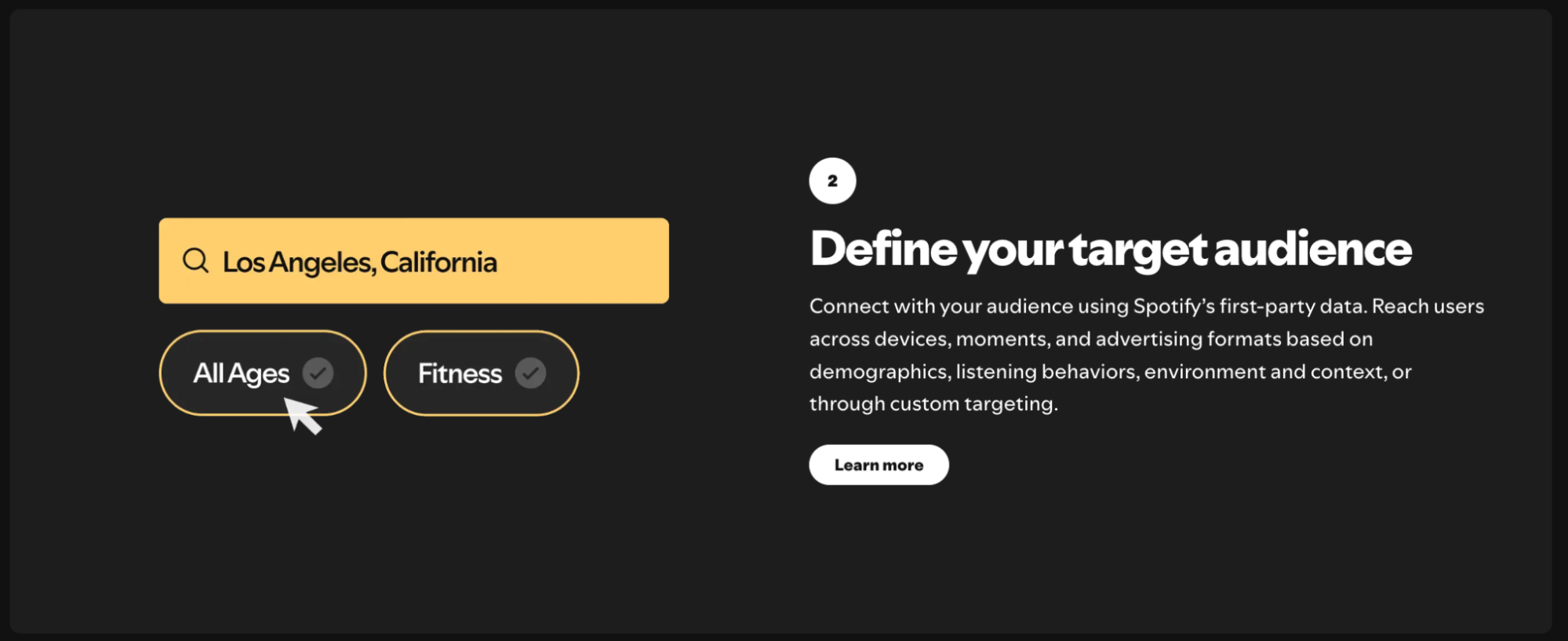
With Spotify’s targeting instruments, it is possible to narrow down a group of people based on their age, place, device, music habits, and even the kind of music they like. Further, you can target behavior if, for example, someone always listens to music while commuting or working out. For more control, you can upload your audience lists or place the Spotify Pixel on your website to re-engage the visitors who have already been in contact with your brand.
5. Set Budget and Schedule
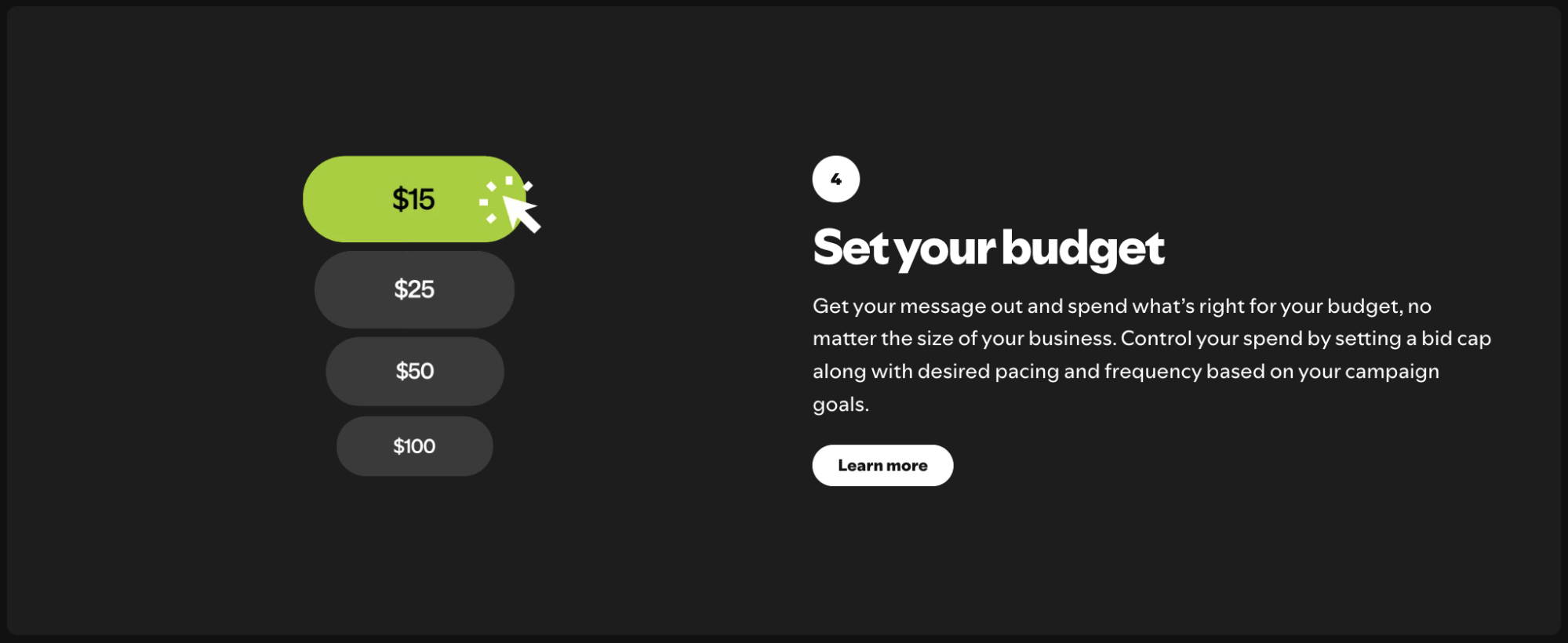
First, figure out the amount of money that you are willing to invest – in most cases, Spotify requires a minimum of $250 for a campaign. Additionally, you can determine the amount that should be spent on a daily basis, limit the overall money intended for the whole campaign, or let the ads work all the time. Besides that, it is also possible to choose particular hours or days for your advertisements so that you can reach the users when they are most engaged.
6. Add Creative Assets
Add your audio or video ad. You can even use Spotify’s free voiceover tool if you don’t have one. Don’t forget a companion image, headline, and a call-to-action link to push people to listen, click, or subscribe.
7. Add the Spotify Pixel
Install the Spotify Pixel on your website to track conversions, measure what’s working, and retarget people who’ve already shown interest. If you want more detailed tracking, connect it to GA4, Stape, or GTM for even better data.
8. Launch & Monitor
Once everything’s set, launch your campaign. Use the Spotify Ads Manager dashboard to watch your results—look at impressions, completion rates, and click-throughs to see what’s landing with your target audience.
In the end, setting up Spotify ads isn’t just about uploading something and hoping for the best. It’s really about finding the right mix of creative, targeting, and timing to connect with listeners and actually see results. Brands that keep testing and tweaking usually end up with the best returns.
Measuring and Optimizing Performance
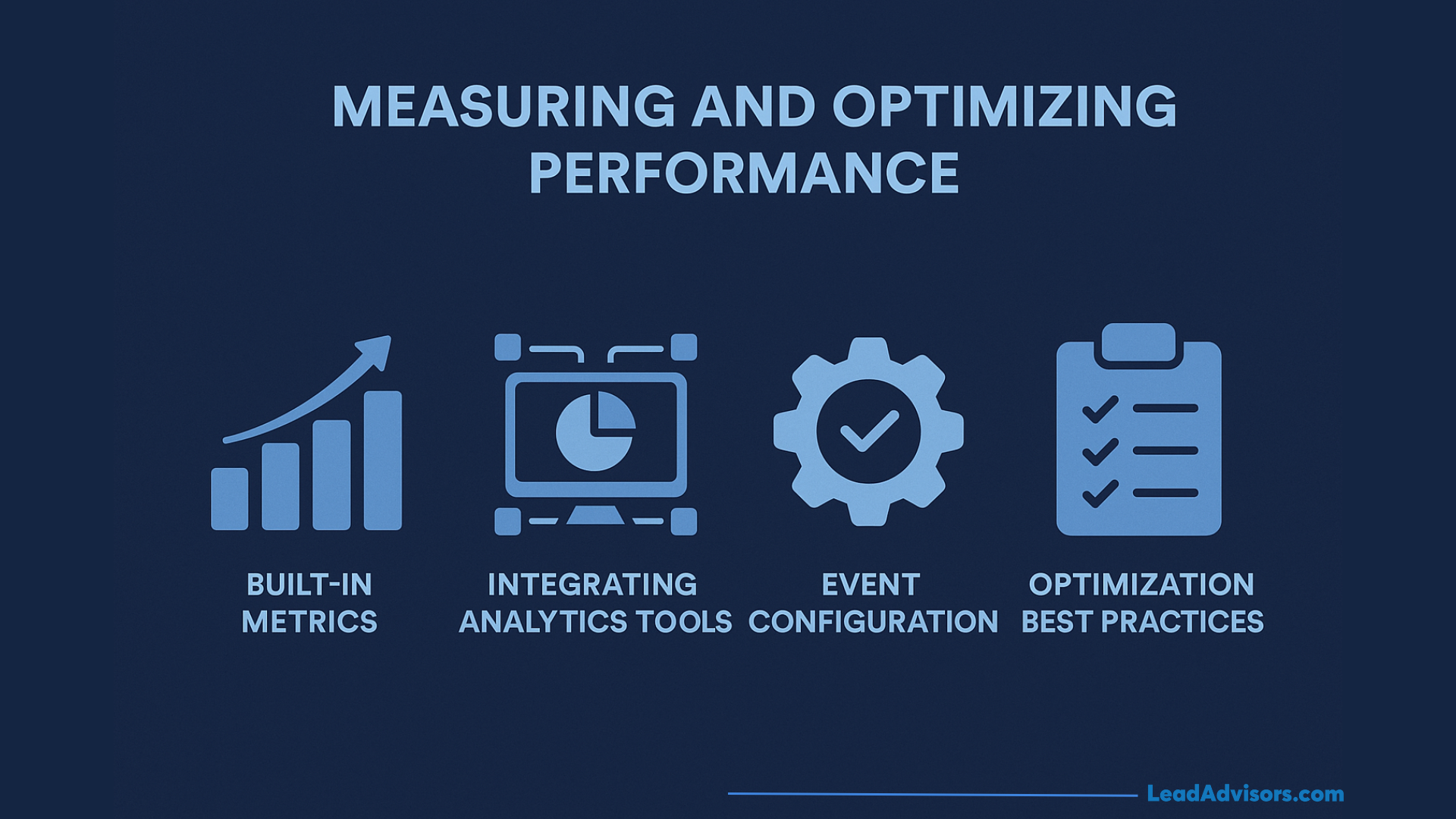
Once your Spotify ads go live, that’s when things really get interesting. You need to dive into the numbers, figure out what’s working, and keep tweaking your campaigns so you actually move the needle. Spotify’s Ads Manager and Ad Studio give you plenty of data to see how your audio and video ads land with your target audience.
Built-In Metrics
Spotify lays out the essentials for you:
- Impressions: How many times have people seen or heard your ads?
- Reach: The total number of unique listeners you reached.
- Frequency: How often each person ran into your ad.
- Completion Rate: The percentage of folks who stuck around for the whole ad.
- Click-Through Rate (CTR): How many people actually clicked your call to action.
- CPM: What you’re paying for every thousand impressions — this one’s big for tracking your costs.
Spotify for Brands says campaigns that mix audio and video ads get double the engagement compared to just audio. That’s a pretty strong case for mixing things up.
Integrating Analytics Tools
If you want to go deeper, plug Spotify into other analytics tools:
- Google Analytics (GA4): Tracks what people do after they click your ad.
- Stape Server-Side GTM: Sends event data from the server, not the browser, so you get accurate results without running into privacy issues.
- Spotify Pixel: Helps you keep tabs on visits, conversions, and retargeting for people who already interacted with your ads.
Put these tools together, and you get a much clearer picture. You’ll see what’s working, which platforms or ad types drive the most action, and where your money actually pays off.
Event Configuration
Setting up your events right is huge. You want to track every click, visit, and conversion that matters. For an online shop, that could mean tracking when someone visits a product page or finishes checking out after hearing your ad. If you’re a podcast host, maybe it’s all about tracking new subscriptions or episode listens.
Optimization Best Practices
If you want real results, don’t just set it and forget it. Try some of these strategies:
- Adjust Targeting by Geography or Device: Focus your budget on the places and devices where people actually respond.
- A/B Test Ad Creatives: Tweak the voice, music, or call to action and see what clicks with your target audience.
- Use Server-Side Tracking: Using tools like Stape or GTM means better data, fewer issues from ad blockers, and more reliable numbers.
- Compare Audio vs. Video Effectiveness: See which format lines up best with your goals and budget.
Keep testing, keep measuring, and keep making changes. The advertisers who pay attention to the data — and actually act on it — end up with stronger engagement, more accurate conversions, and a better return on investment. That’s where you want to be.
Pros and Cons of Spotify Ads
Spotify’s a unique playground for advertisers. Its audio-first setup stands out, but how well your ads perform really comes down to your creative chops, how sharp your targeting is, and how you handle your budget. There’s a lot to like, but there are some hurdles, too.
Pros
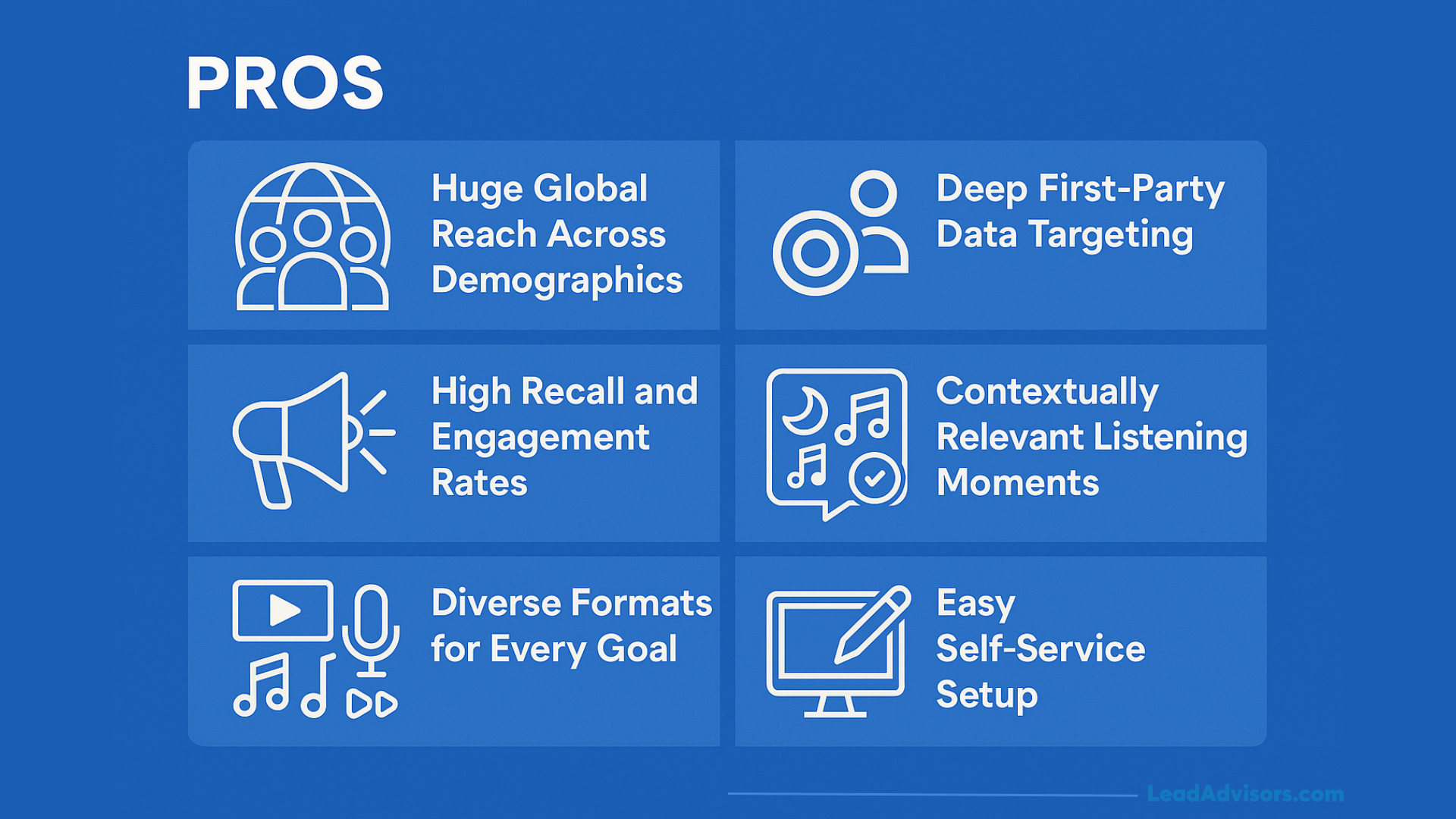
- Huge Global Reach Across Demographics
Spotify draws in 696 million listeners every month, and over 425 million of them use the free, ad-supported version (Statista). That’s a huge crowd, spread across just about every age group you can think of. Whether you want to go global or just hit a local scene, it’s a tough platform to beat for sheer reach. - Deep First-Party Data Targeting
Spotify knows its users—their playlists, their favorite artists, what they’re into. Advertisers get to tap into this data, which means you can aim your ads with serious precision, targeting by habits, interests, and behaviors. Honestly, it rivals what you get from Facebook or YouTube Music. - High Recall and Engagement Rates
According to Nielsen, Spotify ads, whether it’s music, podcasts, or playlists, are great for brand recognition. People remember what they hear more than they remember most digital ads. The reason? Audio grabs attention differently. Listeners aren’t just scrolling past; they’re actually tuned in. - Contextually Relevant Listening Moments
Spotify can match your ad to what people are doing—like working out, relaxing, or studying. This kind of timing makes ads feel more natural, less jarring. When your message lines up with someone’s mood, it just sticks better. - Diverse Formats for Every Goal
You’re not stuck with just one type of ad. There’s audio, video, sponsored playlists, podcast spots—you name it. This gives brands space to mix things up, test different approaches, and even link campaign objectives across other channels with Spotify’s Ad Studio. - Easy Self-Service Setup
The Ad Studio dashboard is user-friendly. You don’t need an agency to get going. With free voice actors and ready-made templates, even small businesses can jump in and launch a campaign pretty quickly.
Cons

- $250 Minimum Budget Barrier
You need at least $250 to run a campaign. For some small brands or creators, that’s a dealbreaker. It’s cheaper than old-school media, but pricier than kicking off a campaign on Meta or Google Ads. - Limited Visuals for Audio-Only Campaigns
Audio ads live and die by sound. If your script, voice, or music isn’t strong, your message gets forgotten fast. There’s no image or video to back you up—just your story and sound. - Low Direct Sales Conversion
Spotify ads are great for awareness, not quick sales. People remember hearing your brand, but they don’t always click or buy right away. If you want instant conversions, you’ll have better luck elsewhere. Spotify’s more about top-of-funnel marketing. - Limited Flexibility vs. PPC Platforms
You don’t get the same real-time control as Google or Meta. There’s no keyword bidding or super-detailed tweaks. It’s a more hands-off approach, so you need to think bigger picture with your strategy. - ROI Uncertainty for Small Creators
A lot of smaller creators, especially in podcasting, use Spotify to get seen and build a following—not because it’s easy to track ROI. Results can vary a lot, and clear metrics aren’t always guaranteed.
Bottom line: Spotify ads can deliver amazing brand engagement and reach, but you need patience, creativity, and a strategy that fits into your bigger marketing picture.
Best Practices for Successful Spotify Campaigns
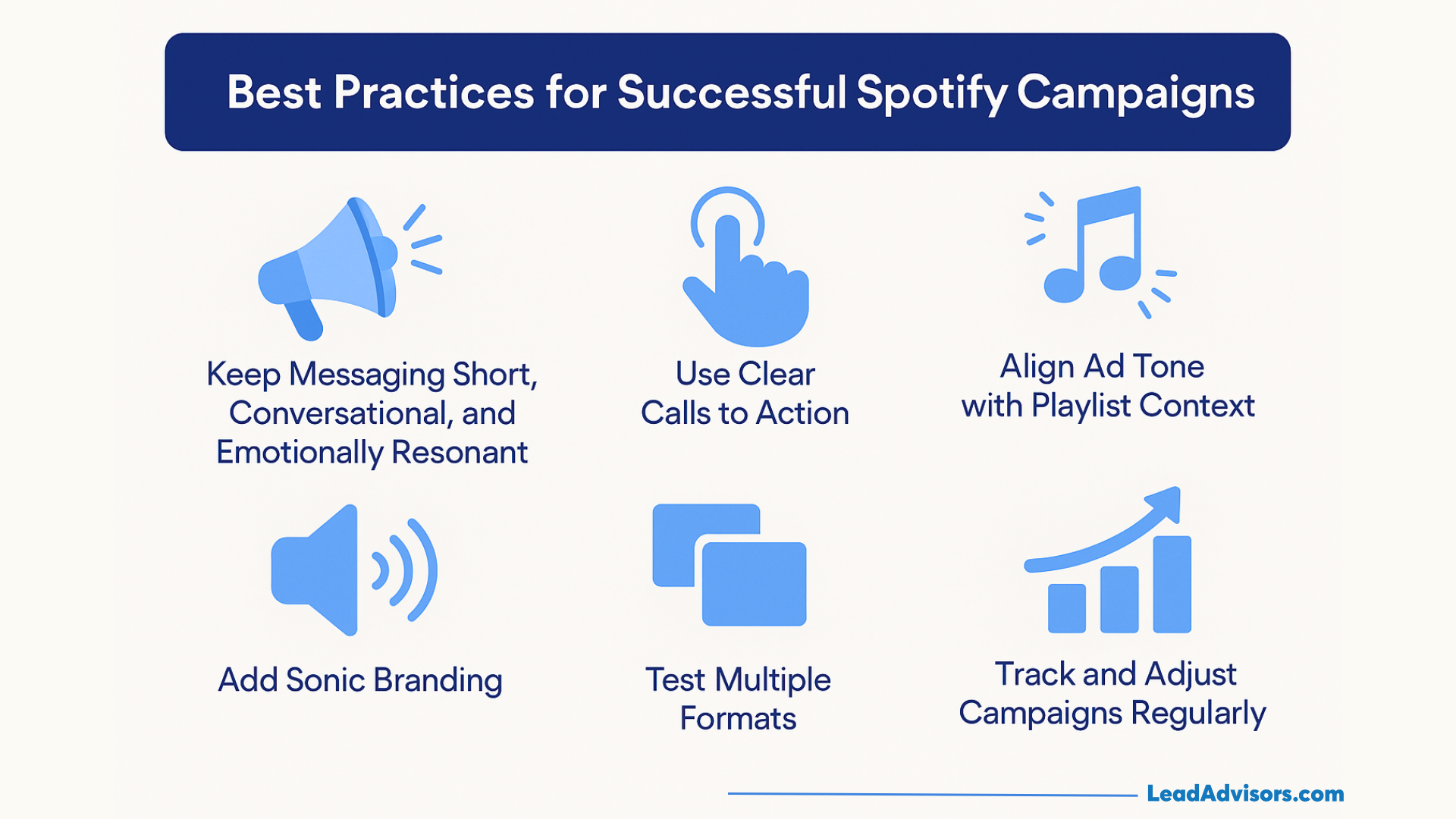
If you want your Spotify ads to actually land, it takes more than just picking a catchy format. You need creativity, smart use of data, and a sense of what listeners care about right in that moment. After running more campaigns on Spotify Ad Studio and other streaming platforms than I can count, I’ve seen what works—and what flops. Here’s what actually moves the needle.
Keep Messaging Short, Conversational, and Emotionally Resonant
Spotify’s all about audio, so you’ve got maybe 30 seconds to say something that sticks. Skip the stiff, salesy talk. Instead, sounds like you’re chatting with a friend. Listeners remember ads that tap into real feelings—mentioning favorite songs, moods, or those little moments everyone relates to. That’s what gets your message to stick.
Use Clear Calls to Action
Don’t make people guess what you want them to do. Pick one direct CTA—something like “Listen Now,” “Shop Today,” or “Get Started.” Spotify lets listeners click on banners or display ads, so what you say in your last line can make the difference between a pass and a click.
Align Ad Tone with Playlist Context
Context is everything. The best Spotify ads feel like they belong in the playlist. Pumped-up voiceovers and energetic music fit right into workout playlists, while a calm tone works better for study or chill sessions. McDonald’s nailed this with their “I’m Lovin’ It Live” campaign—they used upbeat voices for pop playlists, but kept it mellow for chill ones. When you match your energy to the moment, people notice.
Add Sonic Branding
A unique sound, jingle, or a familiar voice actor makes your brand easy to recognize—even if someone’s not actively listening. Think of it as your logo, but in sound. Starbucks pulled this off with their morning commute ads, using café sounds and friendly voices to make you instantly think “Starbucks” before you even realize it.
Test Multiple Formats
Don’t just stick to one type of ad. Layer audio ads with display or video ones, and try podcast ads for longer stories. The more touchpoints you have, the more likely your message sticks—without annoying people or wearing them out.
Incentivize Engagement
Throw in a promo code, a discount, or exclusive content. Suddenly, you’ve turned someone who’s just listening into someone who’s ready to act. The North Face, for example, handed out playlist-based discounts tied to outdoor activities, and saw way more clicks and real brand lift. Incentives make your campaign feel rewarding, not just intrusive.
Track and Adjust Campaigns Regularly
Don’t set it and forget it. Use Spotify Ads Manager, Google Analytics, or Stape server-side GTM to track how things are going. Check your numbers every week. Change up your targeting, tweak your call to action, experiment with new creative ideas—whatever the data says works. The best campaigns are always adapting.
At the end of the day, winning on Spotify means treating every campaign like a live experiment. Tell a great story, dig into the numbers, and keep adjusting. That’s how you turn casual listeners into true fans of your brand.
Who Should Use Spotify Ads (and When)
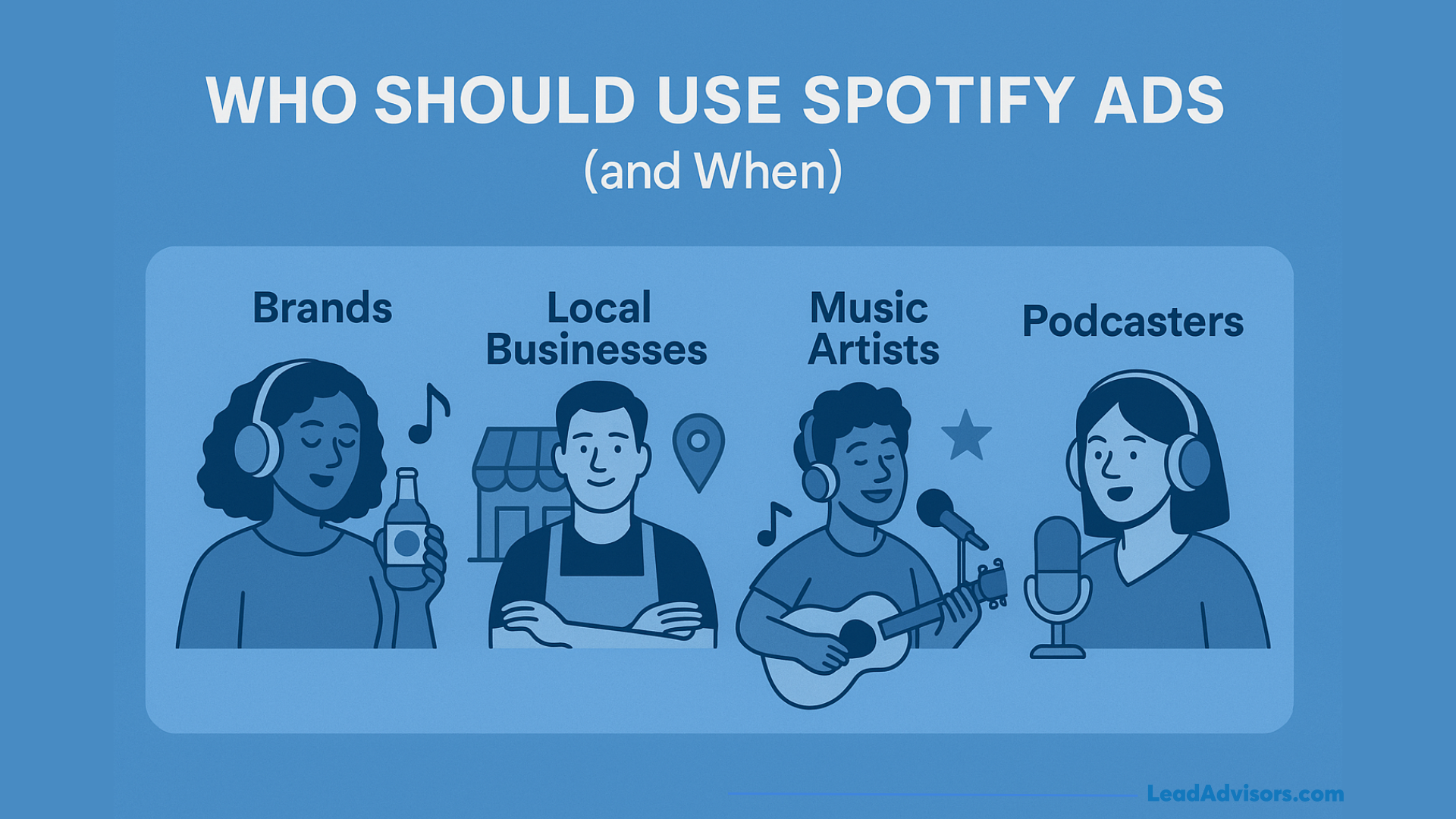
Let’s be real—not every brand or creator hits the jackpot with Spotify ads right away. But if you care about telling a story, making people feel something, or just getting your name out there, Spotify can really shake things up for you. After digging through campaign data and seeing how it plays out firsthand, here’s who gets the most out of Spotify (and when you should pick it over Meta or YouTube).
Brands: Building Awareness and Emotional Resonance
Big brands—global or national—use Spotify ads to catch people during those personal listening moments. Think about it: people are already emotionally plugged into their music, so a well-placed audio ad fits right in and strengthens your brand. Coca-Cola nailed this with their “Open Happiness” campaign, using Spotify’s audio and video formats to pop up on mood-based playlists. They saw strong brand recall in several countries, just by showing up where people felt most connected.
Local Businesses: Targeting by City or Activity
Spotify’s geo-targeting is surprisingly powerful for small and local businesses, but not enough folks use it. A café can reach people streaming morning playlists right in their neighborhood. A gym can zero in on workout playlists to promote memberships. And with a $250 minimum budget, even smaller advertisers can jump in, test what works, and get real-time feedback without breaking the bank.
Music Artists: Building Audience and Playlist Traction
Independent artists lean on tools like Marquee and Showcase to launch new tracks, bring back past listeners, and reach new fans with laser-focused targeting parameters. Take Beach House, for example—they used Marquee to ride a wave of social buzz around their album “Once Twice Melody.” Not only did that boost streams for the new album, but about 20% of Marquee listeners also went back and played their older songs. So, Marquee isn’t just about a quick spike—it helps artists build lasting fan relationships by reaching listeners and fresh ears.
Podcasters: Promoting New Shows or Episodes
For podcasters, Spotify ads are a no-brainer for putting new episodes or series in front of people who already love spoken-word content. Unlike YouTube, where you’re fighting for eyeballs, Spotify podcast ads just slip right into someone’s listening routine. Host-read spots or dynamic ads (using Streaming Ad Insertion) often land better with listeners, especially if you’re in genres like news, finance, or entertainment, where trust and attention matter.
When Spotify Ads Make Sense vs. Meta or YouTube
So, when should you use Spotify? Go for it if you want awareness, storytelling, or building a brand people feel something about—especially if your product is tied to emotion, lifestyle, or sound.
If you’re all about quick sales or direct conversions, Meta or YouTube might work faster because they’re more visual and set up for clicks. Still, if you combine Spotify’s knack for emotional connection with Meta’s remarketing or YouTube’s visuals, you get a full-funnel approach that covers all your bases.
Are Spotify Ads Worth It?
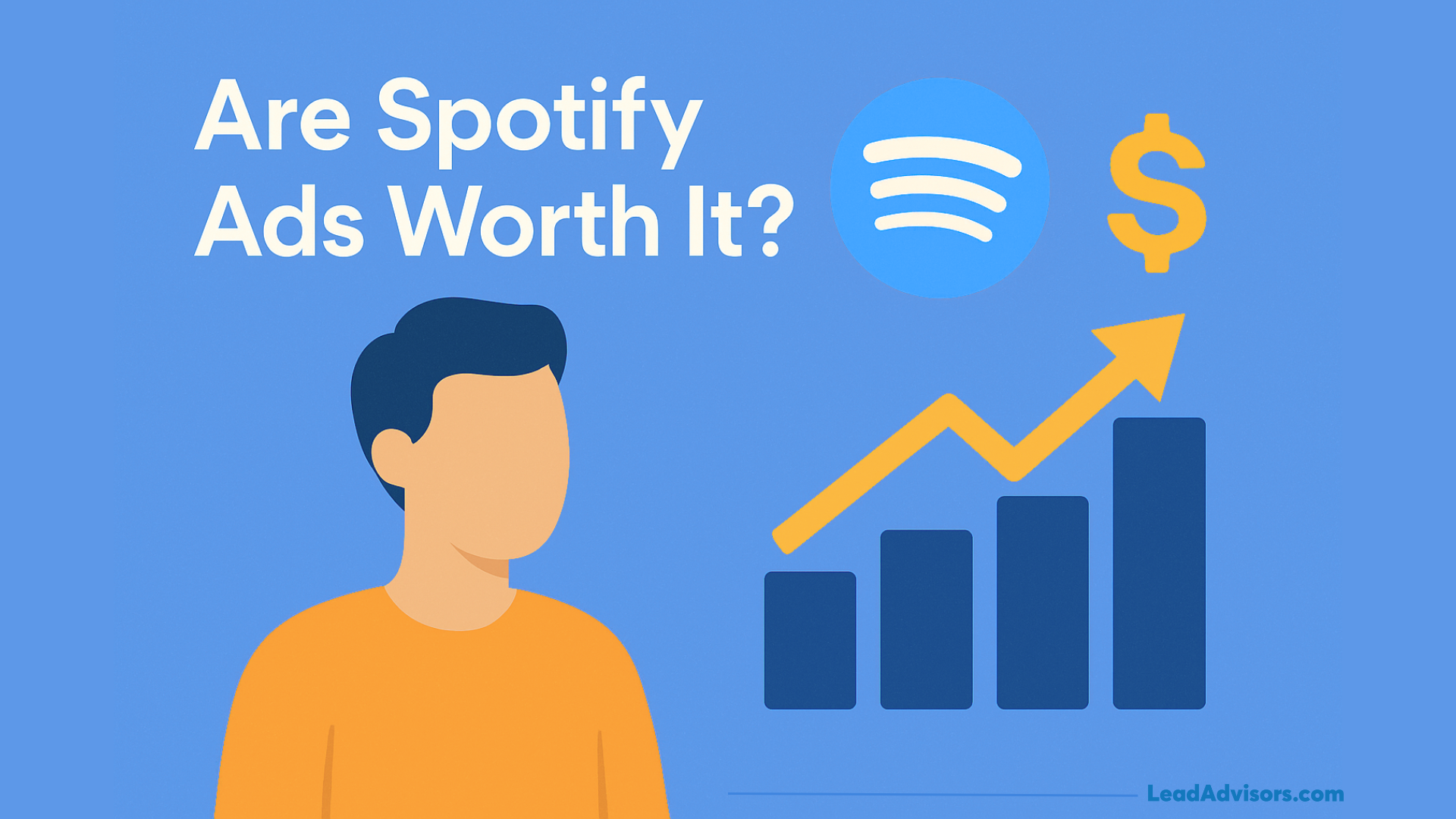
If you’re wondering whether Spotify ads are worth your money, it really comes down to what you’re after. Chasing brand awareness? Spotify’s got the reach and the numbers to back it up. But if you’re hoping for instant sales or streams, you’ll probably need to adjust your expectations. Spotify works best for long-term audience growth, not quick wins.
For Brand Marketers
From a marketer’s perspective, Spotify nails the balance between reach and engagement. Not many streaming platforms can say the same. Here’s what brands get out of it:
- Strong engagement from audio and video ads that actually fit the listener’s mood or context
- Access to a massive target audience—over 700 million users worldwide, with 317 million on the ad-supported side
- First-party data that lets you zero in on the right people
- An uncluttered, immersive space where your ads don’t just disappear into the background
If you’re running campaigns to boost awareness, especially alongside Meta or Google Ads for retargeting, Spotify’s a solid pick.
For Artists and Podcasters
For artists and podcasters, Spotify ads are more about getting your name out there than making money right away. Things like Marquee, Showcase, or podcast promos do a great job putting your work in front of listeners who care about similar stuff. But honestly, creators on Reddit say these ads rarely lead to immediate profits. What you actually get is more exposure, some playlist love, and—over time—a bigger following inside Spotify.
Reddit threads are full of small advertisers saying the same thing:
- Direct sales or conversions are usually pretty low at first
- Ads work best when you’re aiming for visibility, not fast sales.
- If you’ve already got a bit of an audience, Spotify ads take you further.
Read our guide about Reddit Ads: Complete Guide for 2025 to know more.
The Bottom Line
Spotify ads are definitely worth it, as long as you’re clear on what they do best. They’re not built for quick sales—they’re about connecting emotionally, building recall, and growing your fanbase. Think of them as the spark at the top of your marketing funnel, powering up your other ad channels when you use them together.
Bottom line: Spotify Ads are a fantastic awareness tool. They really shine when you weave them into a bigger marketing mix—one that blends music, stories, and smart strategy to turn casual listeners into real fans.
Frequently Asked Questions
How do Spotify ads work?
How much does Spotify advertising cost?
Are Spotify ads worth it?
How often does Spotify play ads?
Does Spotify make more money from ads or premium?
Conclusion
Spotify Ads give brands and creators a real chance to reach people in ways that actually stick—with audio, video, and podcast spots landing right in the middle of whatever listeners are up to. Whether someone’s jogging, deep in study mode, or just zoning out, these ads meet them where they already care.
To really make it work, don’t just rely on Spotify. Mix it up with Meta or Google Ads and you’ll hit folks wherever they are in their buying journey. Start out with a small budget, watch important numbers like CTR and completion rate, and keep tweaking your ads based on what the data and your listeners are telling you.
Try new things. Seriously, the more you experiment, the closer you get to nailing down your perfect target audience. With the right mix of creativity and attention to detail, Spotify Ads can turn everyday listening into moments people remember your brand.



